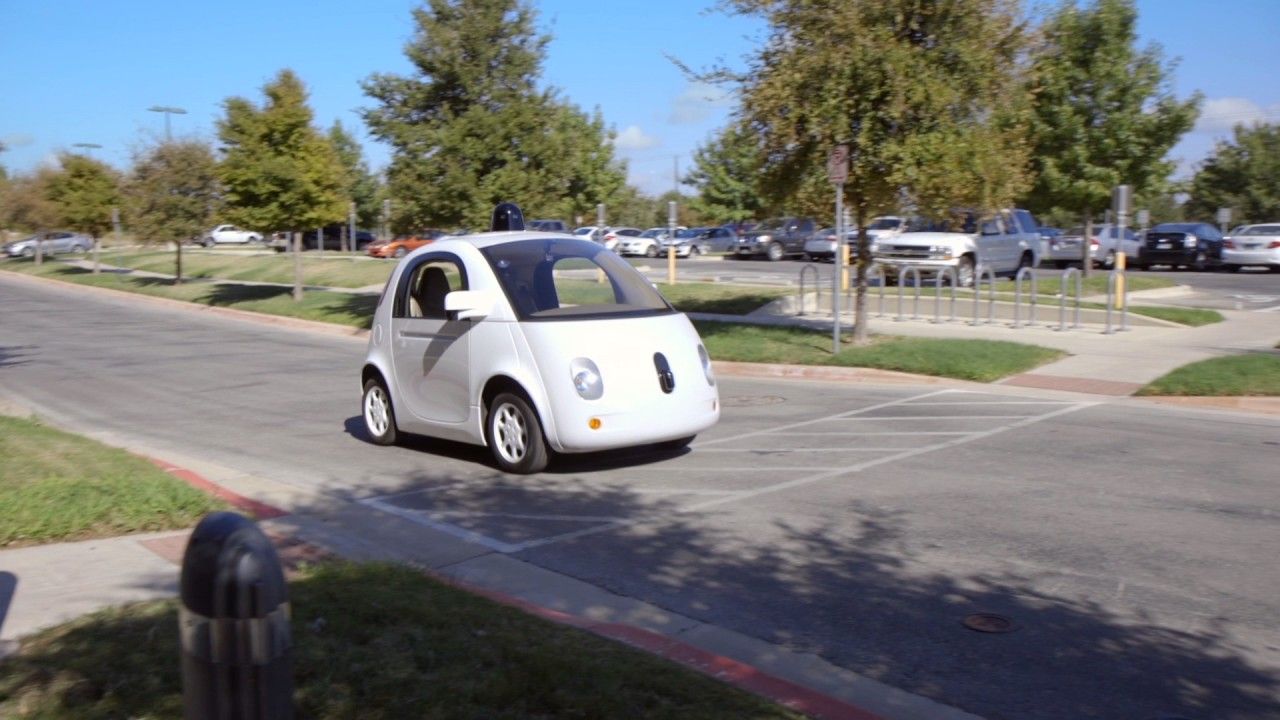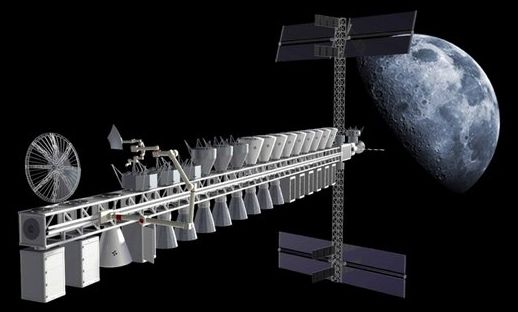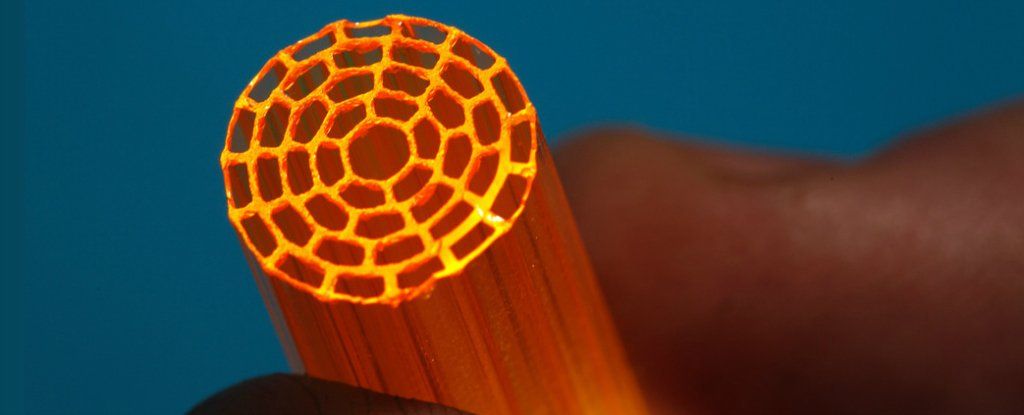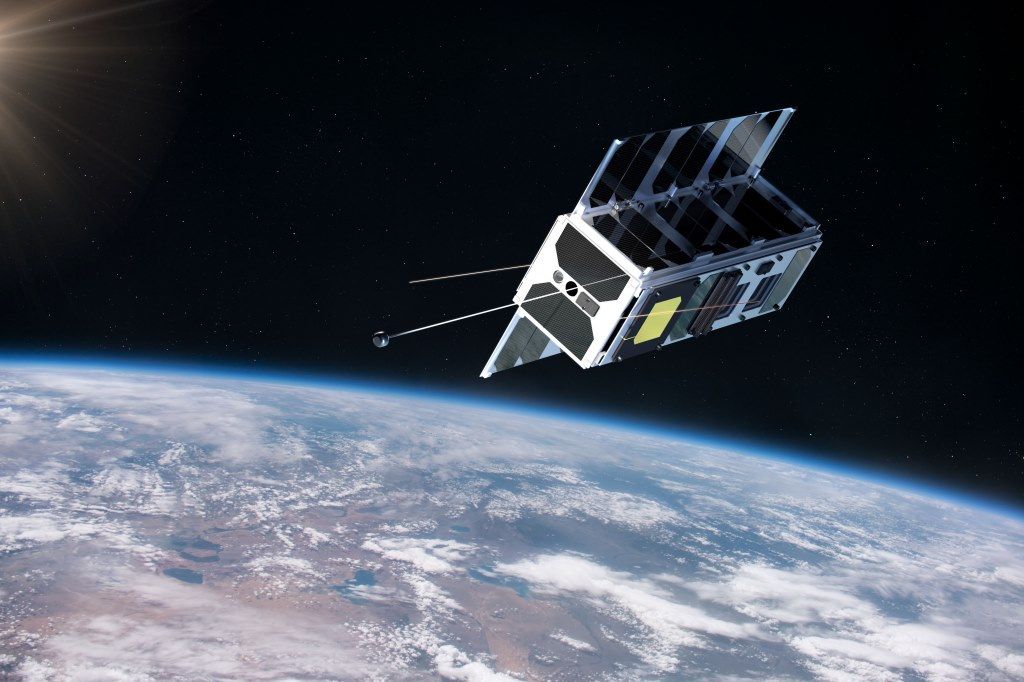Page 10174
Mar 21, 2017
Automation Coming to a Restaurant Near You
Posted by Alireza Mokri in categories: food, robotics/AI

Mar.20 — Fast food giants have placed big bets on technology with the aim of getting a competitive edge, with both well-known and upstart restaurants getting in on the action. Bloomberg’s Kaitlin Meehan has more.
Mar 21, 2017
Say hello to Waymo (audio-described)
Posted by Alireza Mokri in categories: robotics/AI, transportation

This video is audio described for the visually-impaired. The original version can be found here: https://youtu.be/uHbMt6WDhQ8
Waymo—formerly the Google self-driving car project—stands for a new way forward in mobility. In 2015, we invited Steve Mahan, former CEO of the Santa Clara Valley Blind Center, for a special ride. Steve had ridden in our cars in the past—first accompanied by a test driver in 2012 and then on a closed course in 2014. This time was different. Steve experienced the world’s first fully self-driving ride on public roads, navigating through everyday traffic with no steering wheel, no pedals, and no test driver. See highlights of Steve’s ride: https://youtu.be/ArYTxDZzQOM
Mar 21, 2017
10 people to follow if you want a career in AI
Posted by Alireza Mokri in categories: ethics, robotics/AI, space

Want a career in AI and robotics? One of the best ways to enrich your knowledge about the sector is to follow these AI influencers.
Continue reading “10 people to follow if you want a career in AI” »
Mar 21, 2017
The cislunar gateway with no gate, revisited
Posted by Klaus Baldauf in categories: habitats, space travel
More than four years ago, I covered the issue of cislunar planning here (see “The cislunar gateway with no gate”, The Space Review, October 1, 2012). Now the same “gateless” base concept has returned, but this time, it is not the only concept on the table. Currently there seem to be a plethora of achievable cislunar and lunar concepts, but few people seem to understand what makes any of them practical and affordable. Multiple reusable launchers, in-space vehicles, and components are being developed or have recently been announced, including the New Glenn, the Blue Moon lunar lander, SpaceX’s gigantic Interplanetary Transport System with its still unnamed booster. In addition, there are various lunar orbit combination habitats and depots proposed by Bigelow and the previously announced vehicles and concepts such as the Falcon Heavy, the XEUS lander, and the Cryote depot concept.
Operational plans that only include cislunar bases are being proposed, as well as plans which call for only lunar surface bases to be supplied directly from the Earth, in addition to the more modern, cislunar resource-supported lunar base scenarios. These plans and designs are all like pieces of a very important jigsaw puzzle, but one that, due to the current circumstances, forces us to start with the individual pieces, instead of a whole original image. Our mission, if we can manage it (politically, fiscally and technically), is to try to create a functional whole—a cislunar transportation system —out of some or most of these pieces.
As the obvious and practical location for a gateway to the Moon, Mars, and the asteroids, a cislunar logistics base is the first component we need in place. I am not as concerned about which orbit any cislunar station is placed in compared to the base components, but it is still clear that the Earth Moon L1 point has an advantage since it is always in the same general area, and can be reached from any location on the moon in about 12 hours at any time without waiting for an orbital position to match. A station placed in the “near-rectilinear (lunar) halo orbit” (NRHO) proposed recently would actually be in a high, elliptical, lunar polar orbit (HELPO) that takes more propellant and time to reach from or to than most other options. The best orbits to support lunar operations have a short and relatively unchanging transit time from or to the lunar surface, a lower delta-V per trip, and which can be reached from most places on the surface at almost any time.
Mar 21, 2017
NASA announces 2 new institutes helping humanity to colonize the solar system
Posted by Klaus Baldauf in category: space
If you really want to explore the unknown, it’s necessary to put every effort possible into this venture. According to NASA, that’s exactly what they had in mind when their plans to fund some supporting institutes were announced.
The ultimate goal, of course, is not only to boldly go out there, but to extent humanity’s reach in our solar system.
The so-called Space Technology Research Institutes, or STRIs, will each receive the handsome amount of $15 million in order to develop groundbreaking technology in biomaterials and biomanufacturing.
Continue reading “NASA announces 2 new institutes helping humanity to colonize the solar system” »
Mar 21, 2017
Take A Peek Under The Helmet Of Virtual Reality At SXSW — By Michel Martin | NPR
Posted by Odette Bohr Dienel in category: virtual reality
Mar 21, 2017
More Pressure to Classify Aging as a Disease
Posted by Steve Hill in categories: biotech/medical, life extension
Longevity news from Sweden.
More pressure to include aging as a disease from a number of important scientists. This time Sweden is the focus for the push to have aging included in their disease classification.
Mar 21, 2017
A New Type of Li-Fi Has Reportedly Cracked 40 Gbps, 100 Times Faster Than the Best Wi-Fi
Posted by Klaus Baldauf in category: internet
If you’re frustrated with slow wi-fi, you might be one of the many people eagerly awaiting the commercialisation of li-fi (or light-based wi-fi), which promises to be up to 100 times faster than the connections we use today.
Most li-fi systems rely on transmitting data via LED bulbs, which means there are some limitations to how easily the technology could be applied to systems outside the lab. But researchers have come up with a new type of li-fi that uses infrared light instead, and it’s reportedly already cracked 40 gigabits per second (gbps) in early testing.
For those who missed the li-fi hype, the communications system was first invented in 2011, based on the idea of transmitting data via the imperceptible flickering of LED light — think morse code happening so fast, it’s invisible to the human eye.
Mar 21, 2017
Estonia’s mission to the moon could revolutionise space travel
Posted by Klaus Baldauf in category: satellites
Estonia will receive a 100th birthday gift next year that will be truly out of this world – as part of the country’s centenary celebrations in 2018, ESTCube will unveil its second satellite while its team embarks on a mission across Estonia to educate young people about opportunities within the space industry.
ESTCube-2 will be three times larger and far more complex than its predecessor, ESTCube-1, which turned Estonia into an unlikely space nation when it entered orbit in 2013.
ESTCube-2 is planned to blast off in 2019 and will operate at approximately 680 kilometres (423 miles) above Earth, which is almost twice as high as the International Space Station. However, the satellite is being designed to boldly go much further.
Continue reading “Estonia’s mission to the moon could revolutionise space travel” »
















